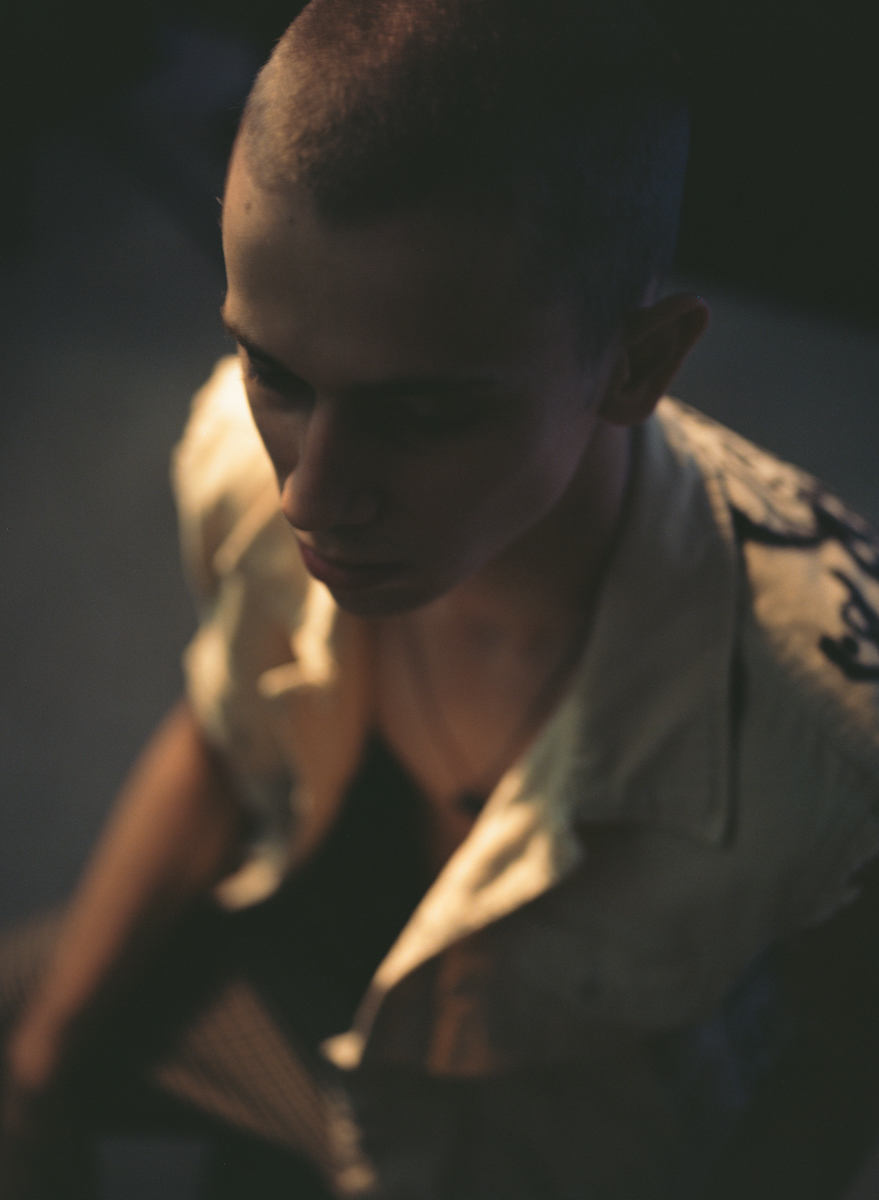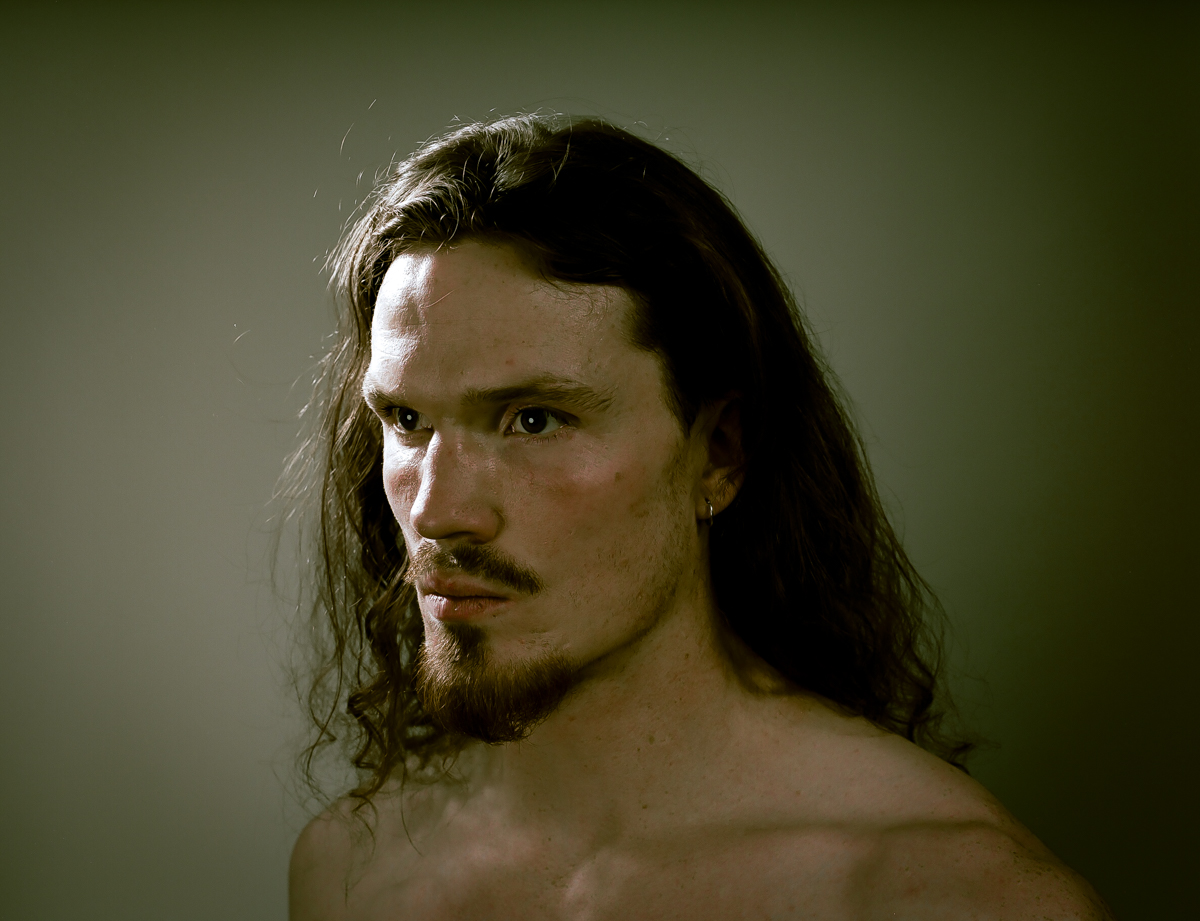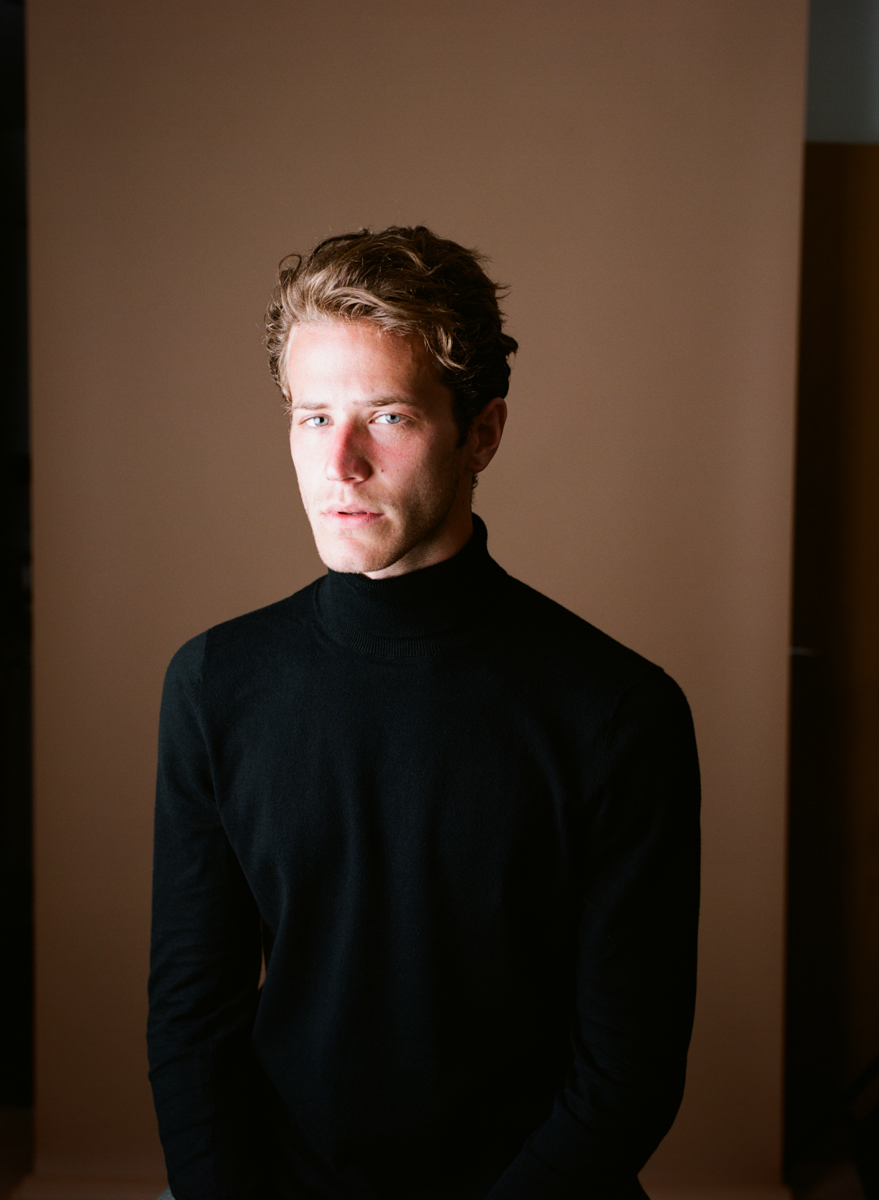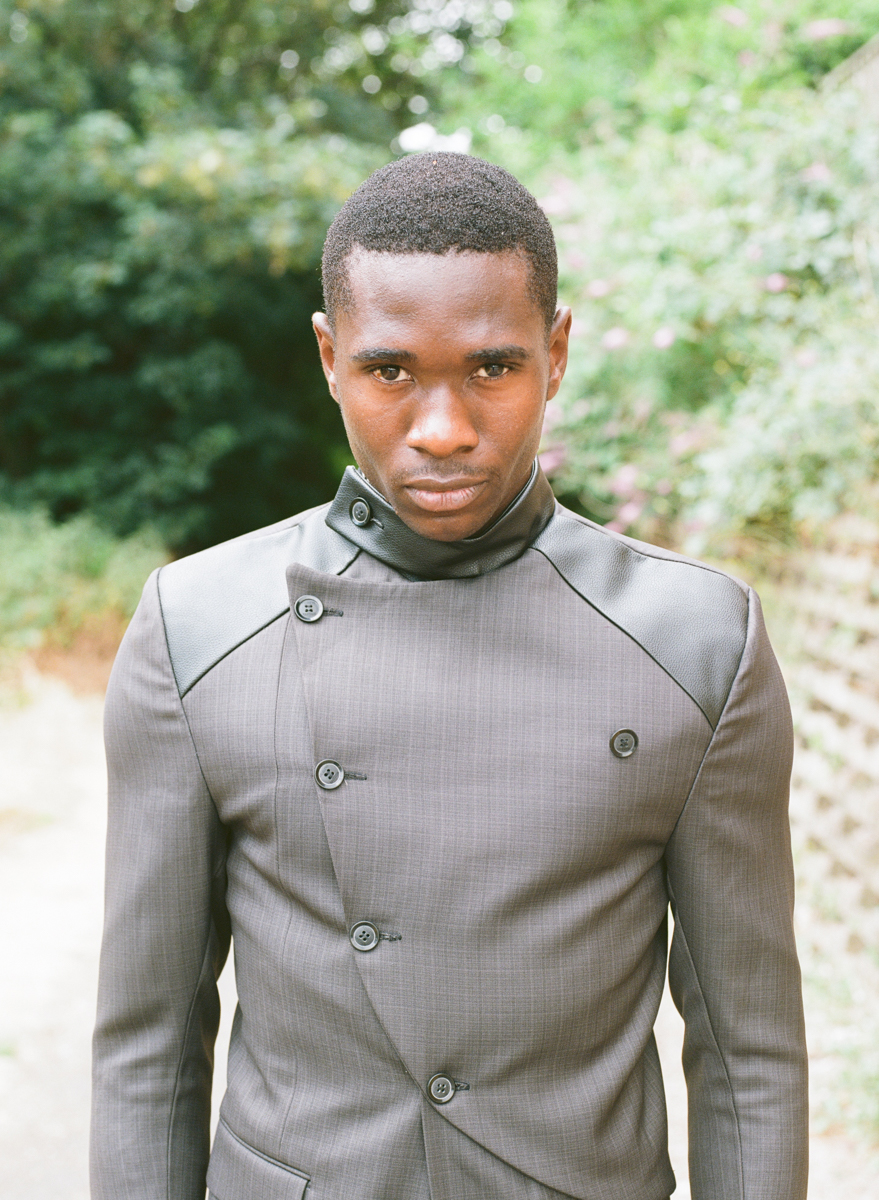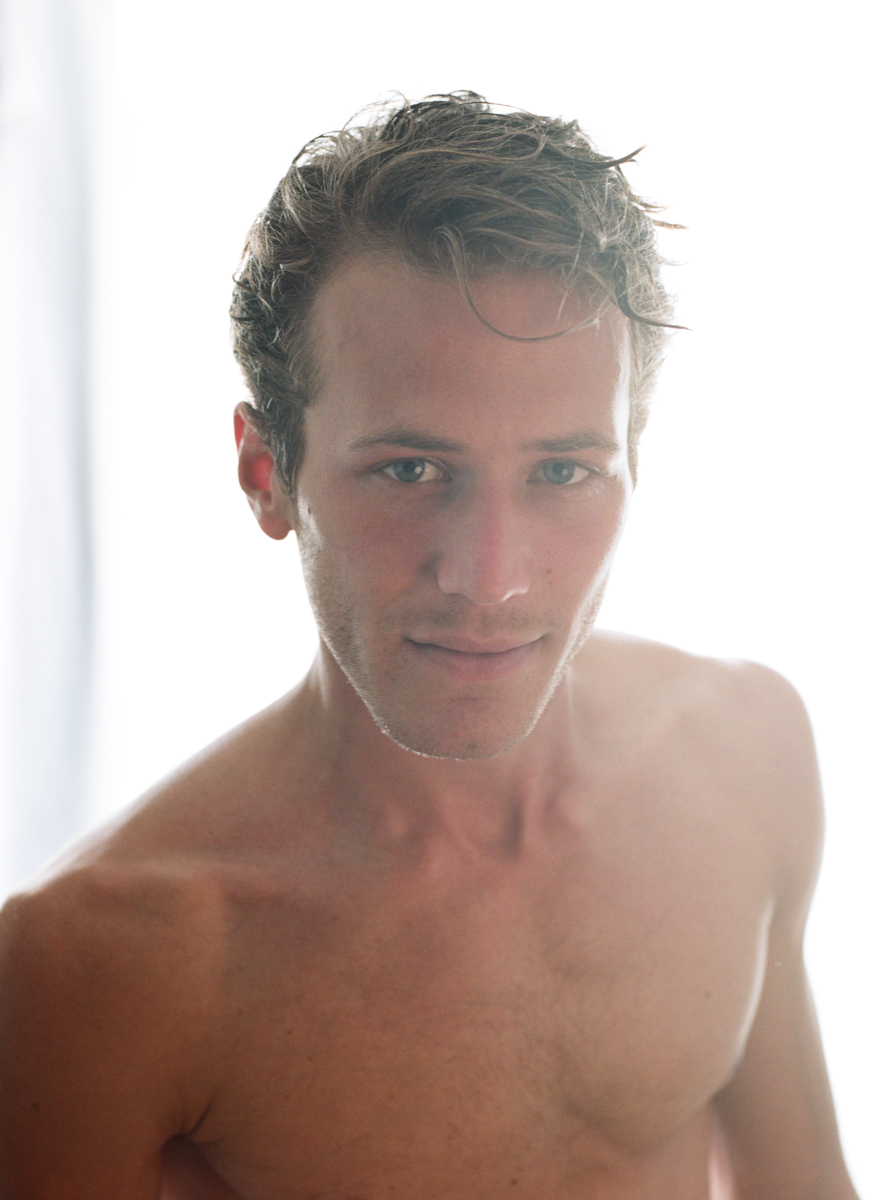A few months ago, I went to a portfolio review and the reviewer told me that my work didn’t have a soul, that it lacked personality and that it was too cold. The following day, while I was reflecting on the reviewer's words, I took my recent work and attempted to destroy it with what I had around me at home, trying to emulate how the reviewer had destroyed it with words. To my surprise, from destruction, something beautiful was born.
The American painter Mark Rothko once said that he was interested only in expressing basic human emotions, like tragedy, ecstasy and doom. As creatives, we are in close contact with these emotions every day. We are familiar with exploring (and sometimes exploiting) the tragedy around us, we know first-hand the feeling of ecstasy when we create something beautiful, and we most definitely have felt doomed when our work has been rejected. And we also know that, by embracing our emotions is that we create our best work. We know that the pain must be felt.
So, instead of shying away from how that person's words made me feel, I decided to feel the pain and look for the meaning behind their words. What is it that my work is missing? Is my work looking like everyone else's? Am I just taking pretty photos? Am I just another photographer? That day, when I looked at the ruined images in front of me, I realized that they were unexpectedly beautiful, that I was finally creating something that came from deep inside of me and not inspired by something that I had seen on someone else's work.
Here are some of the images that I have been working on lately:
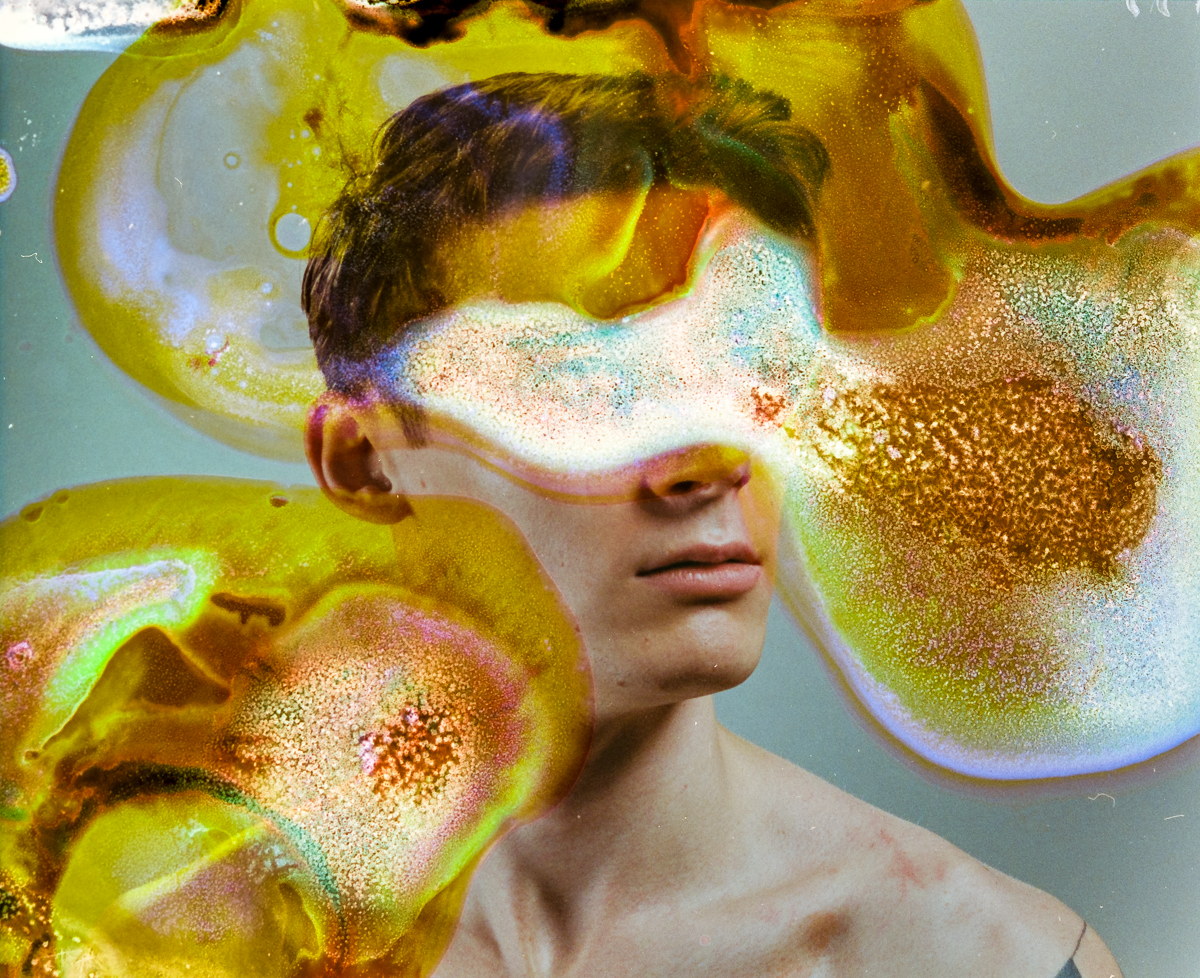
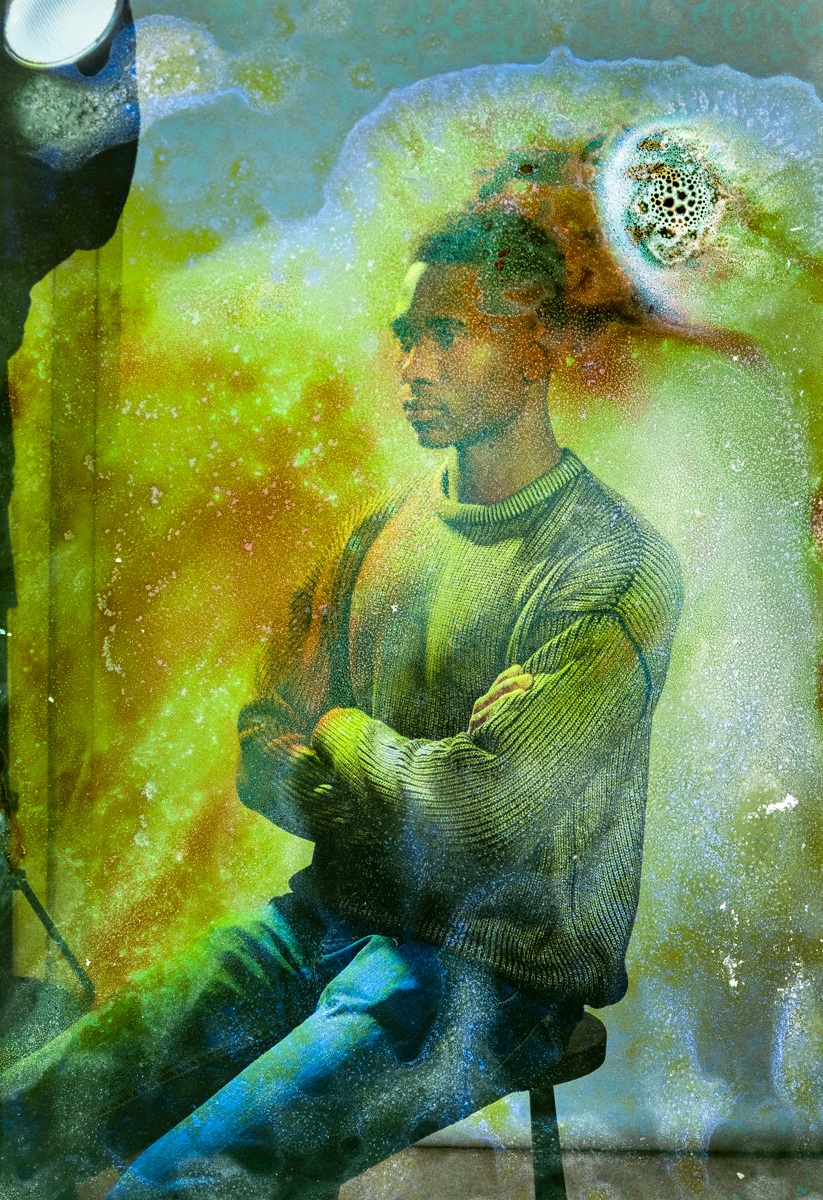
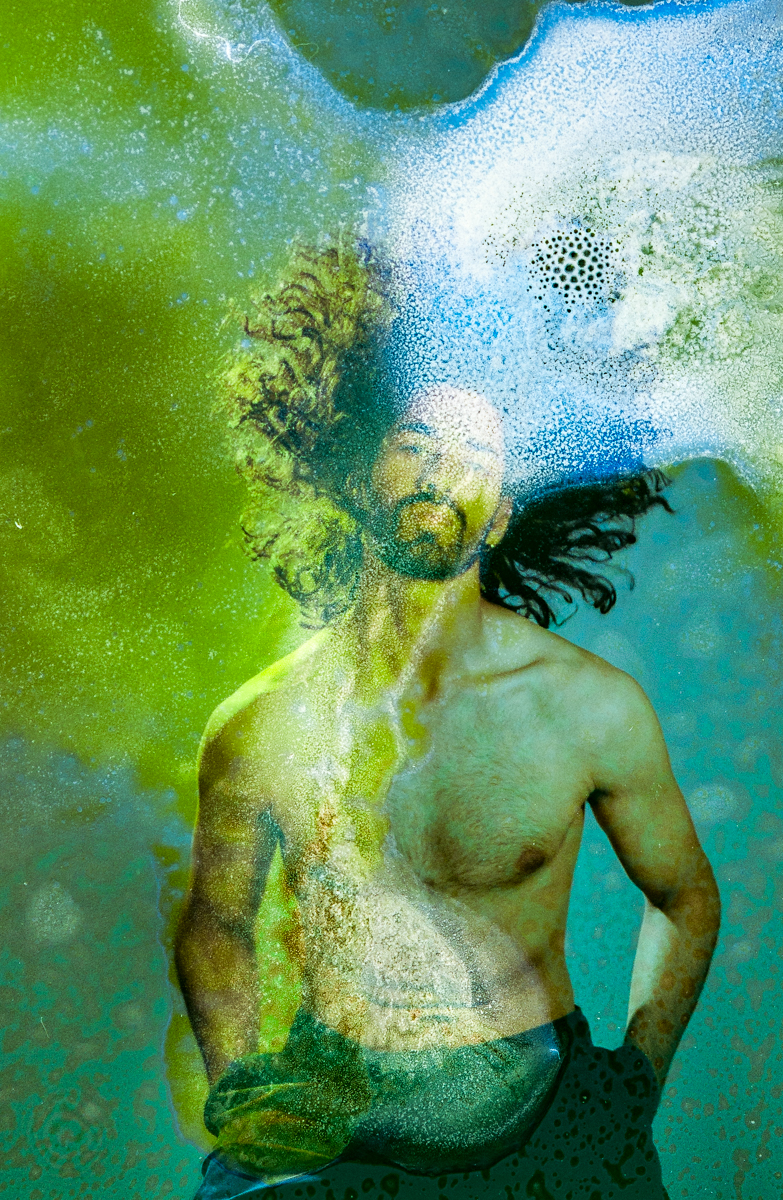
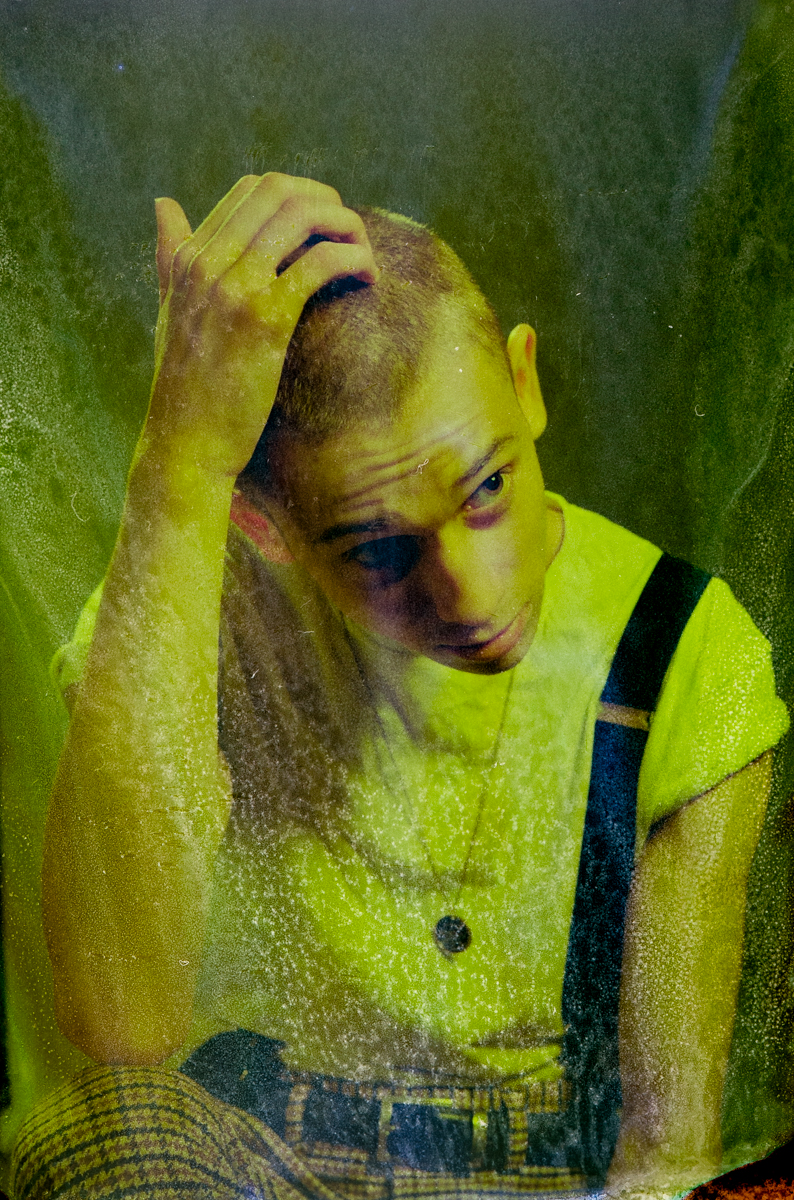
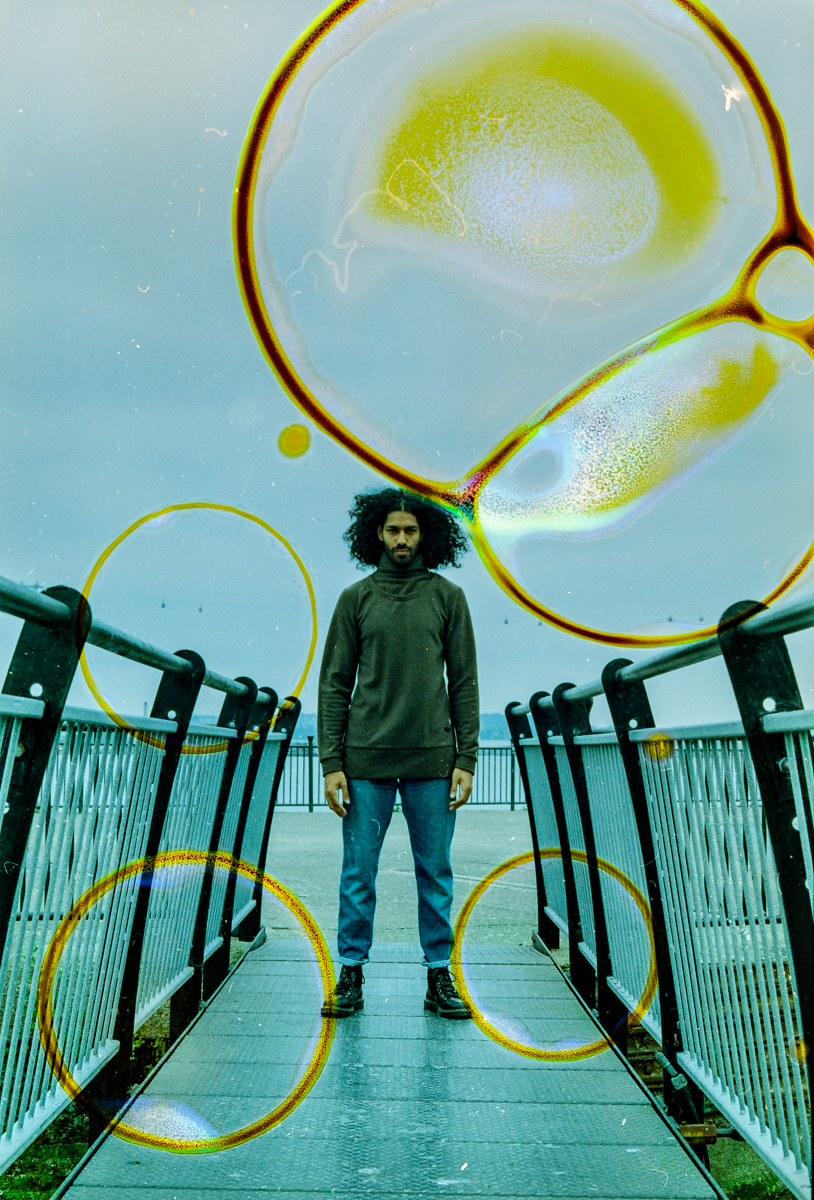
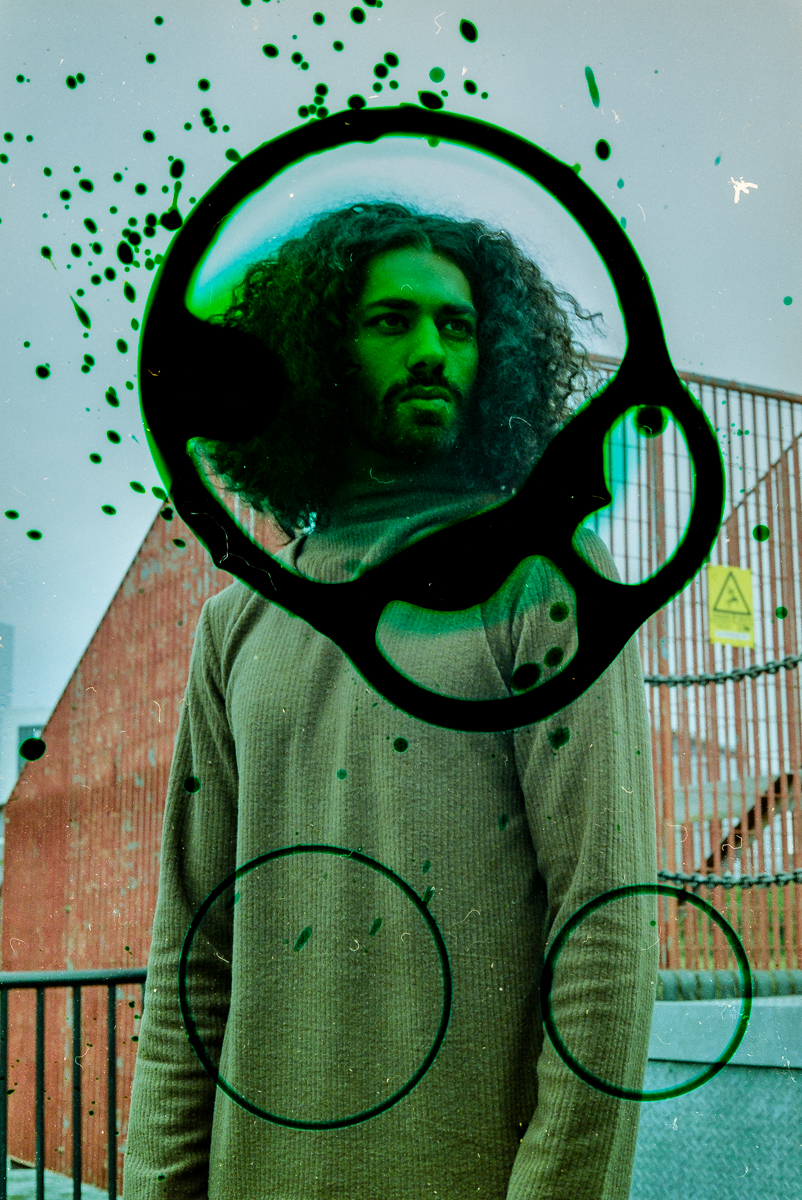
Do you like what you just read? Subscribe to my weekly blog posts here!





